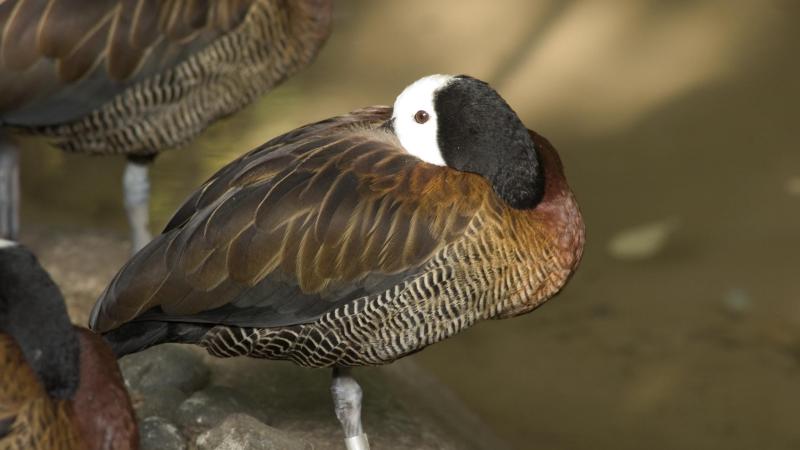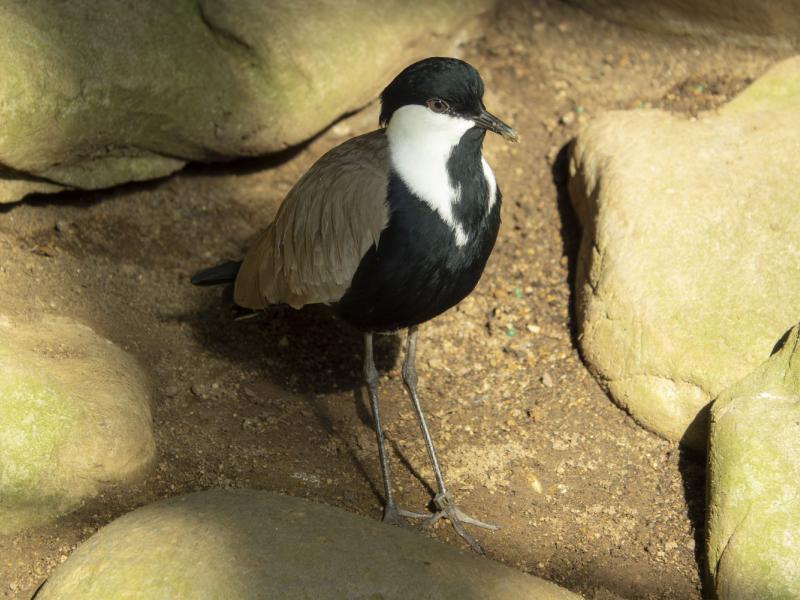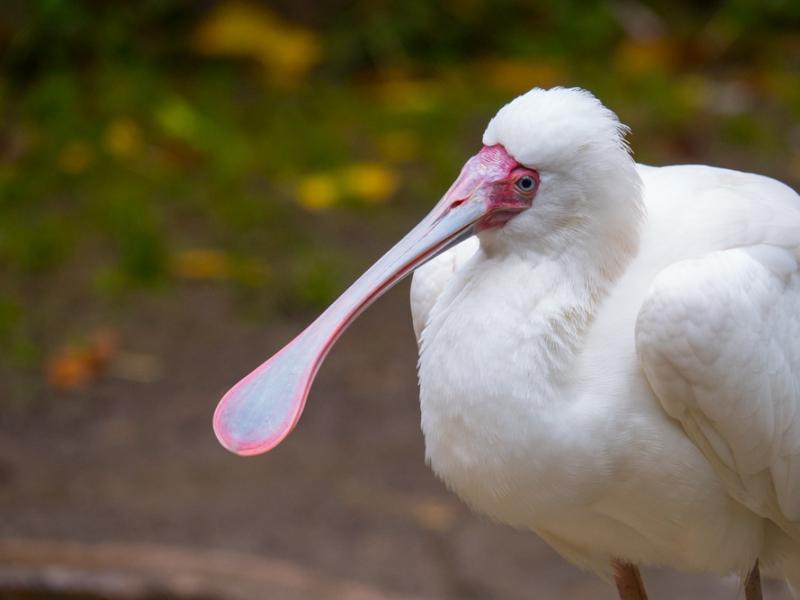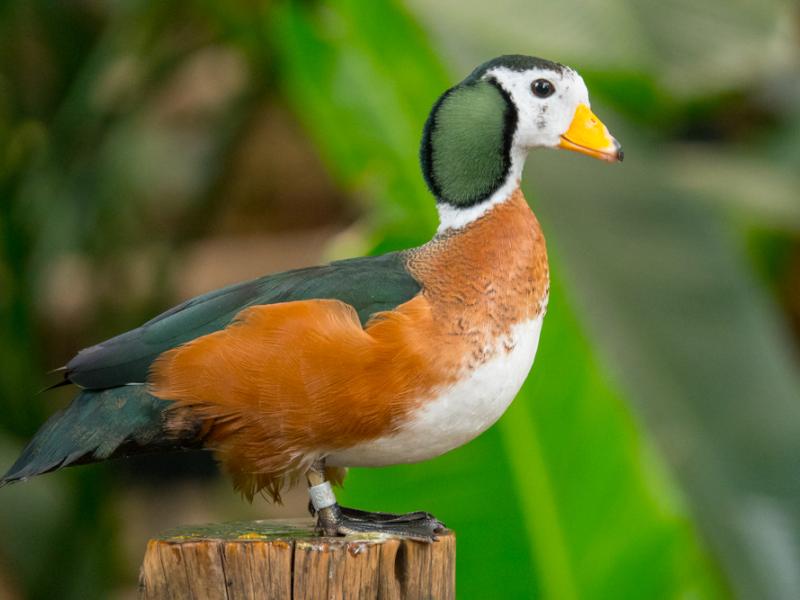
White-faced whistling ducks live throughout South America, sub-Saharan Africa and parts of the Caribbean and Central America.
White-faced whistling duck behavior and facts
- White-faced whistling ducks are named for their high-pitched whistling calls.
- Unlike most waterfowl, white-faced whistling ducks often perch in branches and are known as tree ducks.
- When alarmed, these ducks stand straight and freeze.
- They feed on grass, seeds, and aquatic mollusks.
- Adult white-faced whistling ducks have a black and white head and a reddish chestnut brown breast.
- Breeding begins at the start of the rainy season.
- After breeding, white-faced whistling ducks undergo a flightless molt period that lasts from 18-25 days.
From birth to death
- The nest of the white-faced whistling duck is a simple depression in the ground amongst tall grass or reed beds.
- They nest in solitary pairs, small groups or loose colonies.
- White-faced whistling ducks lay a clutch of 4-13 eggs that are incubated for 26-28 days.
- Chicks leave the nest and fledge eight weeks after hatching.
Vital statistics
- Length: 14-18 inches
- Weight: 1-2 pounds
Status
IUCN Least concern
White-faced whistling ducks, the Oregon Zoo and you
The zoo's white-faced whistling ducks live in the Africa Rainforest Aviary.




